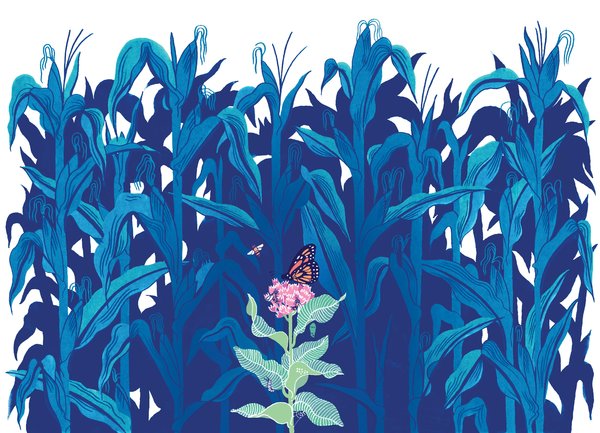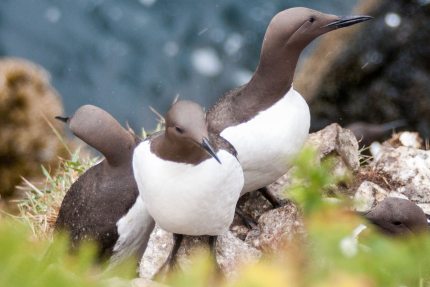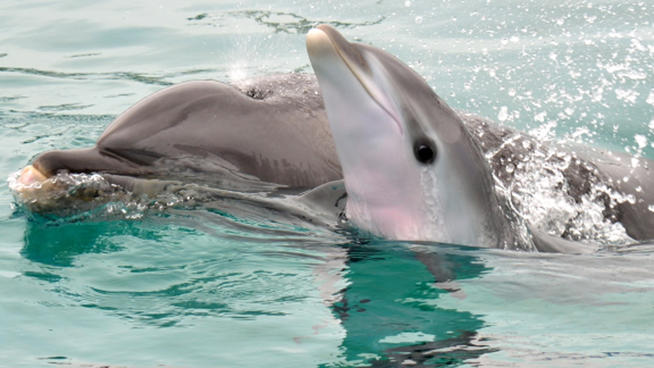
© Micah Lidberg
On the first of November, when Mexicans celebrate a holiday called the Day of the Dead, some also celebrate the millions of monarch butterflies that, without fail, fly to the mountainous fir forests of central Mexico on that day. They are believed to be souls of the dead, returned.
This year, for or the first time in memory, the monarch butterflies didn't come, at least not on the Day of the Dead. They began to straggle in a week later than usual, in record-low numbers. Last year's low of 60 million now seems great compared with the fewer than three million that have shown up so far this year. Some experts fear that the spectacular migration could be near collapse.
"It does not look good," said Lincoln P. Brower, a monarch expert at Sweet Briar College.
It is only the latest bad news about the dramatic decline of insect populations.
Another insect in serious trouble is the wild bee, which has thousands of species. Nicotine-based pesticides called neonicotinoids are implicated in their decline, but even if they were no longer used, experts say, bees, monarchs and many other species of insect would still be in serious trouble.


Comment: See also:
Waiting for the big one: giant oarfish start shock waves in LA